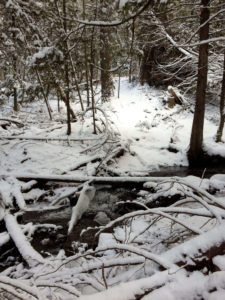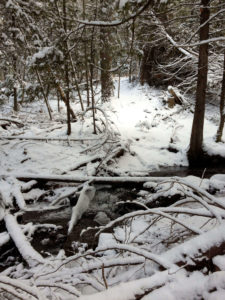SHARE
Web 2.0 Content can affect intellectual property rules-Plagiarism Pt 2

This is the second post in the Web 2.0 Internet and Plagiarism Series. If you read the first post on definitions of plagiarism, you're now wondering: "Why Web 2.0 Internet might be screwing up all intellectual property rules--and the concept of plagiarism entirely."
Web 2.0 Internet includes using Social Media and the concept that EVERYONE (including people who can’t write code) can publish.
Now all people can simply type and press “Publish” and bang! Your words are online.
Web 2.0 has enabled ease of publishing. Content Management Systems (CMS) like WordPress, your website or even social media platforms (Facebook; Twitter; your free Blogger Blog) now allow you to publish content without any knowledge of coding (HTML or similar).
Thus, the Internet is now overwhelmed by writers both good (informed) and bad (uninformed, uneducated).
Content has become unreliable. "Who is publishing it?" We wonder. "They're not likely trustworthy," we assume.
I built Tangible Words because of that suspicious feeling we all have: "you can’t trust people online, and you especially can’t trust companies."*
Why the Web 2.0 Internet is a constant threat of plagiarism:
When you’re on Twitter, Linked In, Google +, Facebook – you’re constantly clicking links and going to read something new. We’re learning on the Web 2.0 Internet ALL of the time.
Because content is at risk of being seen as crap, people are constantly producing GREAT original content on their blogs—introducing new terms, new theories—by way for their blog, website or video blog. So we’re learning and integrating ideas form people all the time. AND, because of that, does it not also follow that we are stealing from people all the time.
You used to write a research paper with a notes list of all the books you read along the way. You had to keep track of all the websites you visited so you could create a Research list as you went along.
But I’m writing a book right now about all of the things I know and believe about website copywriting. Much of what I’ve learned, I’ve learned from reading online over the last 5 years. I didn’t know I was going to write a book. I simply am sitting down now and letting some of my knowledge pour out of me.
How can I possibly remember which articles have influenced me? I can mention names, but to do a works cited list is near impossible. Am I not now, also guilty of plagiarism?
It is a gut-wrenching accusation for the true academic and any content writer—but how can we avoid it in Web 2.0, learning all of the time as we are?
Plus, when you publish there is no librarian hanging over your shoulder or teacher requesting a Works Cited List—no blog post requires it.
How much of what I know have I learned from other people’s proprietary content? I look on Twitter, or Google any time I have a question, I get it and promptly forget the URL such that if I don’t bookmark it I may never find it again to my own fury. So how do we make sure we aren’t making the same mistakes we dread in others?
* = I help companies create trust with their audience by talking to customers in the way customers want to be spoken to instead of saying stupid things that makes everyone suspicious of you. It's a win-win situation for both customer and company, because it’s about communicating with intergrity.
Topics
- Content Creation (297)
- Growth-Driven Design Websites (167)
- Inbound Marketing (145)
- Sales Growth (133)
- Tangible Words (111)
- Search Engine Optimization (85)
- Social Media Marketing (83)
- Hubspot (76)
- Blogging for Business (75)
- Economic Development (64)
- Events & Training (60)
- Company Growth Podcast (49)
- Manufacturing (47)
- Tourism (46)
- Email Marketing (42)
- Case Stories (40)
- Testimonials & Client Feedback (36)
- Education and SaaS (23)
- Google (21)
- Careers (19)
- Inbound Marketing Agency (19)
- Cool Companies (18)
- FAQ (16)
- Alysha Dominico (13)
- Associations (7)
- Food and Beverage (7)
TW Blog Sign-Up
Learn more about how to grow your business and improve your sales team process.






